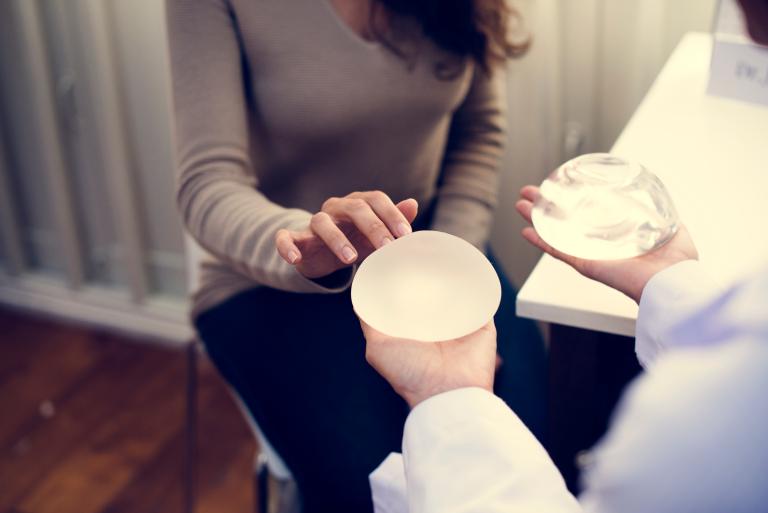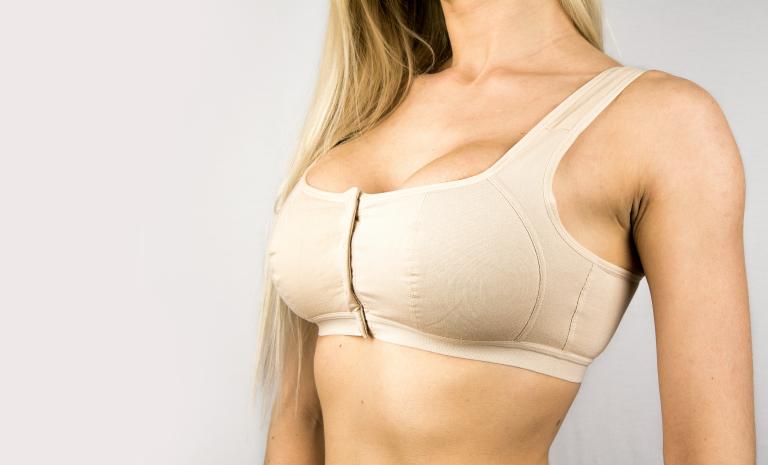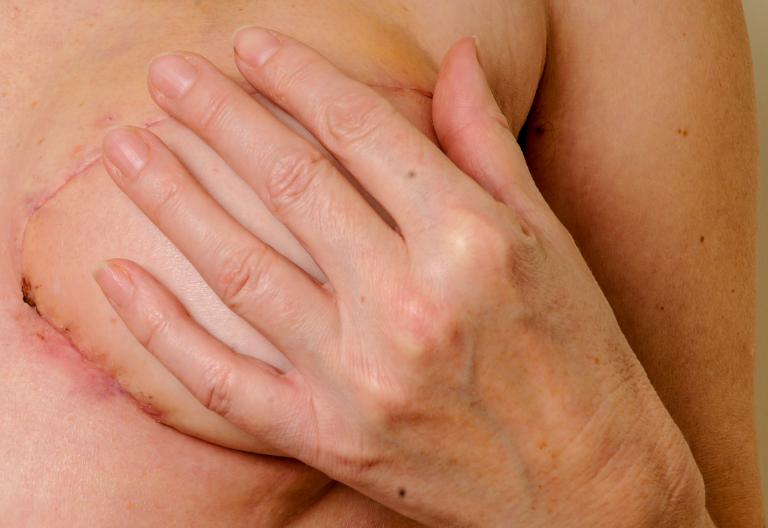Where the tissue is sourced from depends on:
Body type
Where the tissue is sourced from will depend on where you have enough extra tissue. For women who are thin it can be difficult to source tissue from TRAM, DIEP or SIEA flaps. Instead, your surgeon may recommend GAP, TUG, PAP or latissimus dorsi flap (always used with an implant).
For women who are thin, instead of implants, our specialist surgeons can use multiple small flaps for one or both breasts.
Breast size
More tissue will be needed if your breasts are large and the stacked or hybrid flaps or an implant may be used to provide more volume.
Pregnancy
The TRAM flap sourced from your belly (tissue and abdominal muscle) may not be available if you plan on falling pregnant after your breast reconstruction. This is due to stretching during pregnancy which can put pressure on the abdominal wall and the incision used to remove the tissue.
A better option if you are falling pregnant is to source tissue from the DIEP or SIEA flaps, or from other sites such as the thighs or buttocks.
Plastic surgeon’s expertise
Not all plastic surgeons have the experience that is required for flap reconstruction.
The surgeons at RPS Australia are multi award-winning reconstructive plastic surgeons, who have been trained to design and manage the restoration of form and function to the affected part of the body.
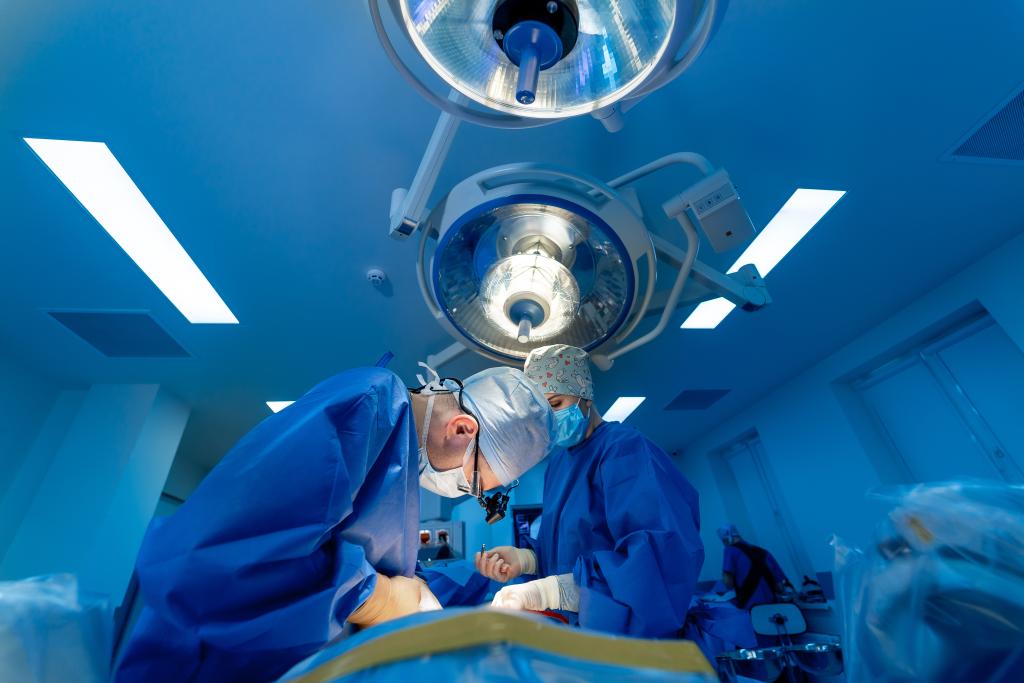 At RPS Australia, flap reconstruction is one of our specialties. Using your own tissue provides a permanent reconstruction with few long term complications. There are many different types of flap procedures. Which is most suitable for you will depend on your age, health, breast size, available tissue and the shape of your other breast. DIEP flap breast reconstruction is one of our preferred techniques because it provides new tissue for the breast while providing a simultaneous tummy tuck.
At RPS Australia, flap reconstruction is one of our specialties. Using your own tissue provides a permanent reconstruction with few long term complications. There are many different types of flap procedures. Which is most suitable for you will depend on your age, health, breast size, available tissue and the shape of your other breast. DIEP flap breast reconstruction is one of our preferred techniques because it provides new tissue for the breast while providing a simultaneous tummy tuck.